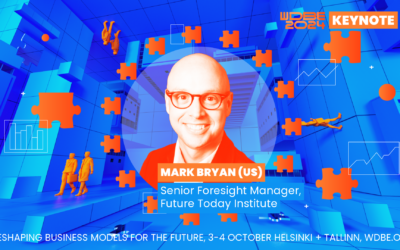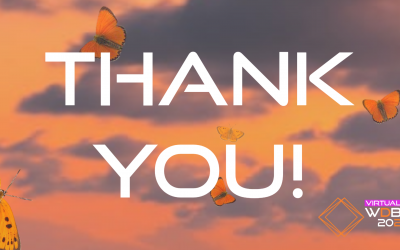Engineering, Architecture, and Modern Technology – An Interview with Dr. Jakob Strømann-Andersen
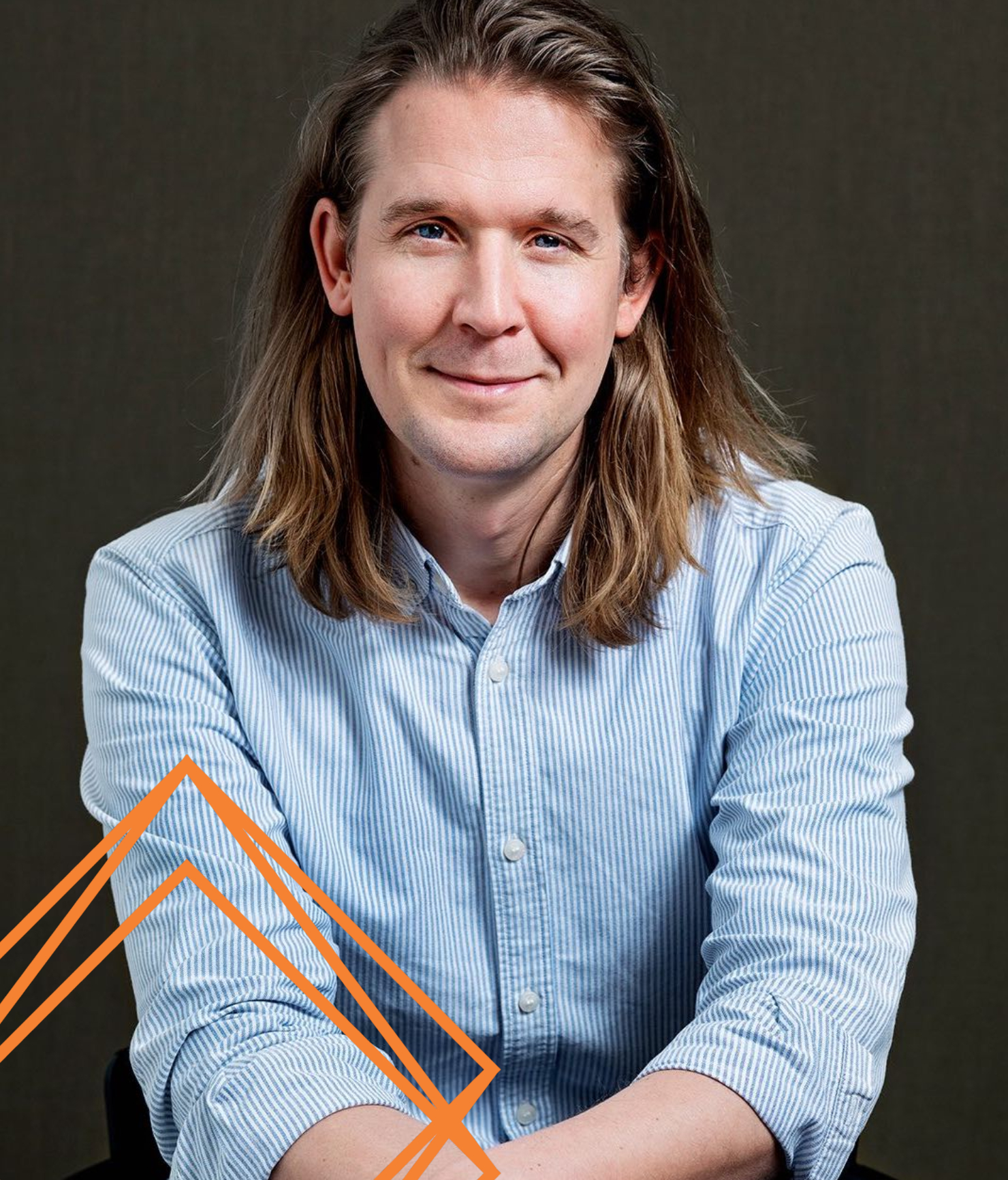
We sat down with Dr. Jakob Strømann-Andersen of Henning Larsen’s Sustainability Engineering Department. Our talk covered the need for interdisciplinary research, sustainable practice, and how technology will lead change in the years ahead.
Can you tell us a bit about your professional background and what you’re currently working on?
I’m a partner with Henning Larsen and work with around 300 architects globally. We’re based in Copenhagen where we’re 200 people strong, with branches throughout the world. I’m a trained engineer with a civil engineering background – making me the first partner that’s not an architect. I’ve been with the company for 15 years and joined as an industrial research PhD in Denmark. For my first three years here, I was employed as a researcher doing research and energy efficient building design. And that’s where we started with our approach to sustainability.
Now, we are growing team of 15 people working 100 percent on sustainability, where we have five ongoing research program PhD’s and I’m supervising three of them. So, I do a lot of R&D research and new development projects. I’m also heading our direction when adopting new technologies. Recently we were acquired by Ramboll and will still be moving ahead as ‘Henning Larsen’ as a brand and studio. But we’ll benefit from the big bank of knowledge Ramboll possesses around infrastructure, water management, and other elements. For us, it’s a step up to the next level of sustainability for our client. So, that’s pretty exciting to consider for the years ahead.
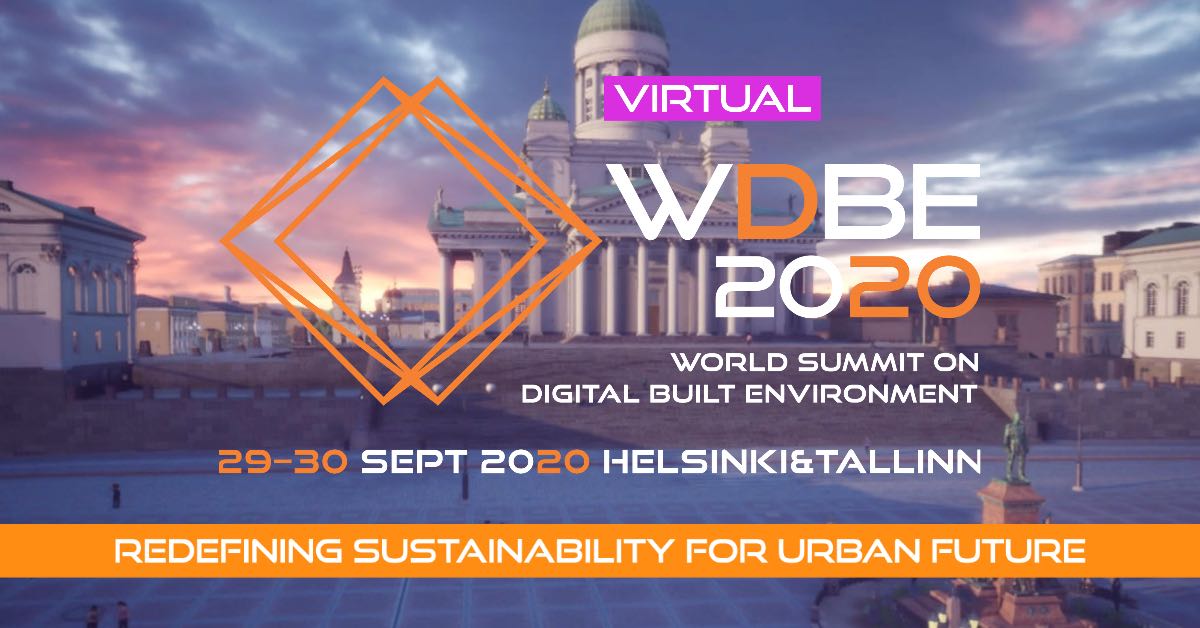
WDBE2020 offers 8 high-profile keynotes, 14 professional sessions, matchmaking & more!
Hear Jakob Strømann-Andersen’s keynote at World Summit on the Digital Built Environment 2020! WDBE2020 brings together experts from the public and private sector globally – thousands of professionals from 45+ countries have already taken part in the pre-events as we are preparing for the WDBE Summit main event in September – get your ticket (199+VAT) now!
What was it that led to your interest in sustainability in the built environment? Was it something you’d personally pursued or was it something that came out of necessity?
For me, it’s the fantastic thing about architecture. Sometimes when you’re executing an engineering project you find the optimal approach to a build then you repeat the solution. With sustainable architecture, every project is unique, and you’re not allowed to design the same solution twice. I’ve always been led by design alongside mathematics. In my role you have to invent something new each and every time I go to work. The building industry is essentially conservative, so considering sustainability pushes them in a different direction. I thought – and think – there is huge potential to make stronger, but also more performative, architecture.
Would you say this conservatism is a challenge?
I think that’s the one big challenge for the building industry. We are so conservative compared to other industries. Look at the gaming industry or the pharma industry, they put a lot of capital into the pursuit of into innovation and research. But there’s no one really wanting to push boundaries in our industry, and we’re fixed when it comes to existing roles between architects, engineers, contractor, and clients. I’m personally fascinated with what we can do when it comes fostering new kind of partnerships through co-creation and looking outward to other industries that can inspire us.
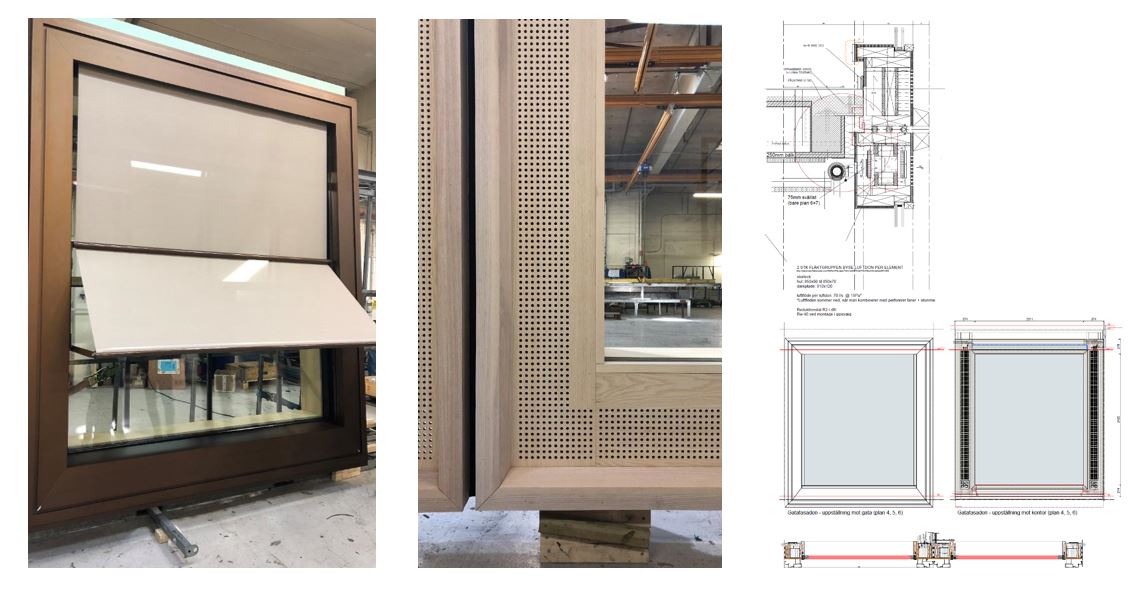
Acoustics facade elements at Uppsala City Hall
What sector are you particularly influenced by?
We’re currently running a new research program with the gaming industry. We have an individual on our team undertaking a research study about acoustics. For our industry, acoustics are discussed when something is ‘bad’ – it’s basically the equivalent of noise. But positive acoustics can elevate a space, make us more productive when it comes to engaging at work or at home. So, this person on our team used to be a rock musician and he’s looking at live acoustic simulation. Normally this is carried out through spreadsheets, but we’re working with computational mathematics and simulation experts from the Technical University of Denmark and EPFL to develop a channel that allows you to put headphones on, walk in virtual reality in your space, and enjoy the direct output of the acoustics. You can change the absorption of the walls, the floor, the ceilings and get the direct feedback on your proposed space. We’ve been testing it and did a prototype event with IO Interactive at BLOXHUB. For example, we were working with a university in the US and the client was keen on having carpeted lecture rooms and had a fixed design mindset. Using the tool, we took out the carpet and replaced it with wooden flooring and concrete to help improve the acoustics. There is no way they would have believed or trusted us unless were able to provide that direct experience. And that directly came from being inspired by other industries.
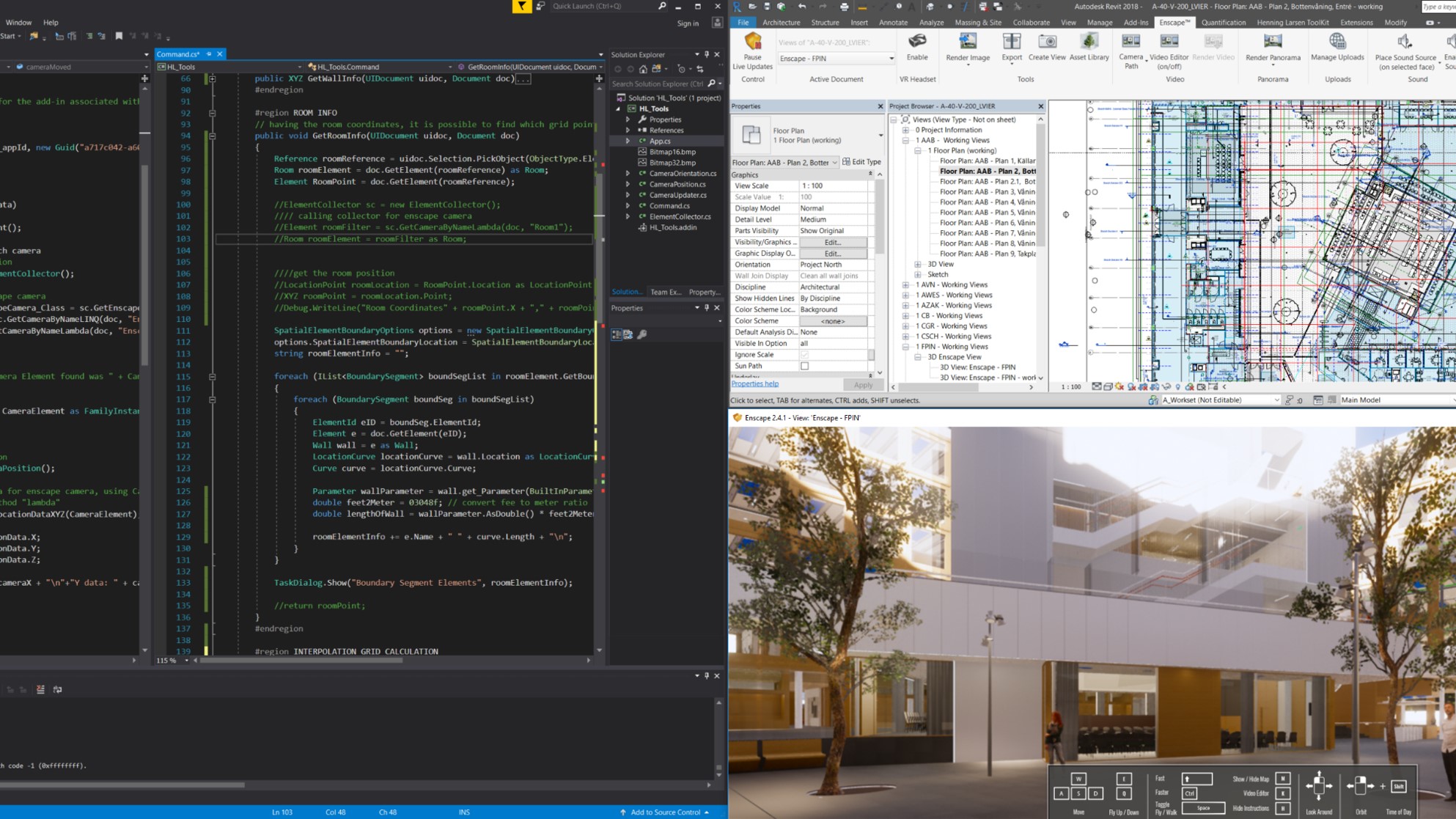
Research in virtual soundscapes and immersive audio
Do you think that the industry needs to become more aware – and responsible – about how it handles its processes?
I think it will be the biggest question for the next ten years. We need to make the industry ready to design for the whole building lifecycle instead of earning money for designing square meters. That’s just how our business is set up: more square meters means better business. It’s not about how the square meters perform or how the building performs.
And how do feel this should be tackled?
For us, there are two ways. The first is considering the building holistically throughout its lifecycle. That’s the concrete, the steel, the gypsum that you put into the building. That’s answering questions about how we design in a way that has low operational or maintenance needs. And the second is how we change the conversation to designing square meters that have a longer life span. While we’re currently having discussions about concrete, wood, and sustainability; it’s something that absolutely needs to be part of the conversation. Then it’s also about lifecycles and how, in the next 10 years, business models are going to have to adapt to new standards and penalties. So, it’s going to be ok to put money on CO2, but we also need to be responsible about potential penalties for over-designing and wastage.
Construction projects are collaborative efforts and involve multiple parties working together. Are the new processes and technologies you are developing tackling this?
Absolutely. For us, it’s very much about the to the workflow. I have three people around me that are computational designers and their task is to optimize our workflow and bring in new approaches. For example, we’re currently working on the parametric optimized modelling of geometry; something that potentially allows you to do 10,000 iterations in the space of two seconds and find the optimal one. But we believe it’s vital to not get too focused on the capacity of tools. There’s a world of difference between generating a potential solution and understanding how to implement that in a real-world production chain.
Architectural and aesthetic beauty does not come out of an algorithm. Beauty comes out of the human discussion that follows, but the algorithm can optimize your forms to lead discussion about the build. AI will take over, but as a tool that optimizes your workflow and creates better, holistic architecture because it gives us more solutions up front. Discussing those solutions will lead to an informed, innovative approach that lets teams settle on the right choice for the project. But to get there you have to disrupt your processes, industry, or your business model. And that can be very difficult for some companies and practitioners.
Can you give us a clue about what you’re going to be talking about for WDBE 2020?
My focus will be on how we integrate these modern tools with our current design mindset. I’ll be looking at how we can transform performative analysis and information into practical design, while also studying performance design on things that we’ve already built to help give value to the people we build them for. So, how can we design sustainable builds with new design tools to help create a bigger social impact? And it’ll be based on real-world design examples and case studies, so hopefully that’ll help show the potential the industry possesses in the here and now as well as in the future.
WDBE2020 Updates
Digital Transformation of the Built Environment Sets New Requirements: Future Today Institute Expert Sheds Light on Future Prospects at WDBE2024 Summit
Mark Bryan, Senior Foresight Manager at the Future Today Institute, which focuses on strategic foresight, has been confirmed as a speaker for the World of Digital Built Environment (WDBE) 2024 Summit.
A message from Teemu Lehtinen on behalf of the WDBE2020 organising team
I want to thank all the amazing 522 attendees for joining us in this years’ virtual summit. I also want to thank all of our dear partners, keynote speakers and the community behind the magnificent presentations we were able to witness during our 2-day Summit.
Data guides sustainability decisions at YIT
Data and sustainability are both mega trends in the built environment discourse. Consequently, they have both been important development themes at YIT.

